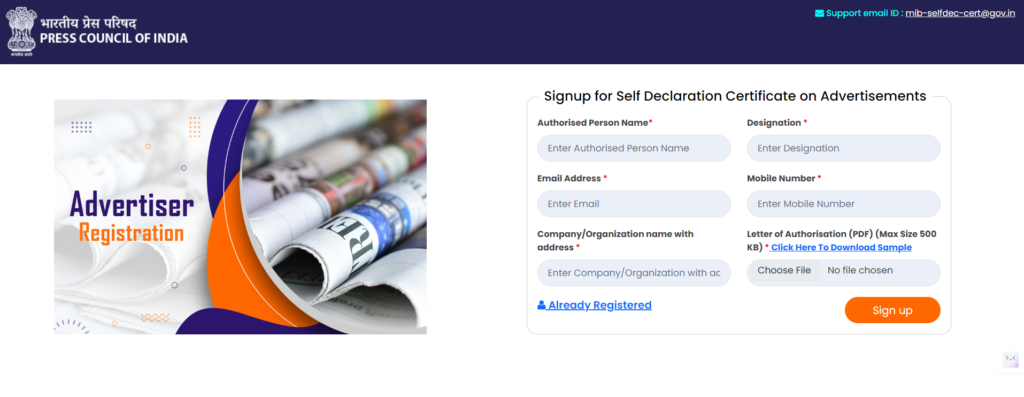Introduction
In a move to regulate misleading advertisements, the Indian government has implemented new rules that have significant implications for digital marketers and advertisers. This blog post seeks to elucidate these regulations and their impact on the digital marketing landscape.

Understanding the New Regulations
The Indian government’s new regulations mandate detailed information about the ad, including type and upload requirements for digital marketers. Additionally, agencies, advertisers, or authorized employees need to register and submit a self-declaration certificate for the ad on the designated portal. The certificates will be publicly available and required for each ad being tested, marking a significant shift in transparency and accountability.
Download this user manual for registration self declaration form step by step
Compliance and Certification Process
The compliance process involves digital media authorities, such as NXR DIGITAL SOLUTION, making self-declarations in adherence to the Supreme Court orders. This includes mentioning the company running the ads along with the signature of the head of the company. The blog delves into the step-by-step process of login and certificate generation, emphasizing the significance of adherence to the pre-advertisement regulations for digital media platforms.
Implications for Digital Marketers
The regulations also have implications for digital marketers as they are required to provide specific details about the products and services for advertisement approval. This includes uploading details such as product name, company name, address, and self-declaration for visibility. Moreover, different types of ads need to be uploaded in a specific URL style for approval, reflecting the comprehensive nature of the new rule and its impact on the marketing practices.
Impact on the Industry
The regulations underscore the importance of transparency and accountability in advertising. The Supreme Court’s directive emphasizes the need for advertisers to submit a self-declaration certificate before broadcasting or publishing advertisements, ensuring compliance with regulatory guidelines. This not only has legal ramifications but also reshapes the dynamics of advertising in the digital landscape, potentially leading to associated costs for compliance with the new rule.
Download Guidelines

Conclusion:
The introduction of the new regulations by the Indian government marks a fundamental shift in the advertising landscape, particularly for digital marketers and advertisers. The emphasis on transparency, compliance, and accountability will undoubtedly redefine practices and may lead to additional costs for compliance. Digital marketers will need to adapt swiftly to navigate the changing regulatory environment and ensure continued relevance and success in their campaigns.


